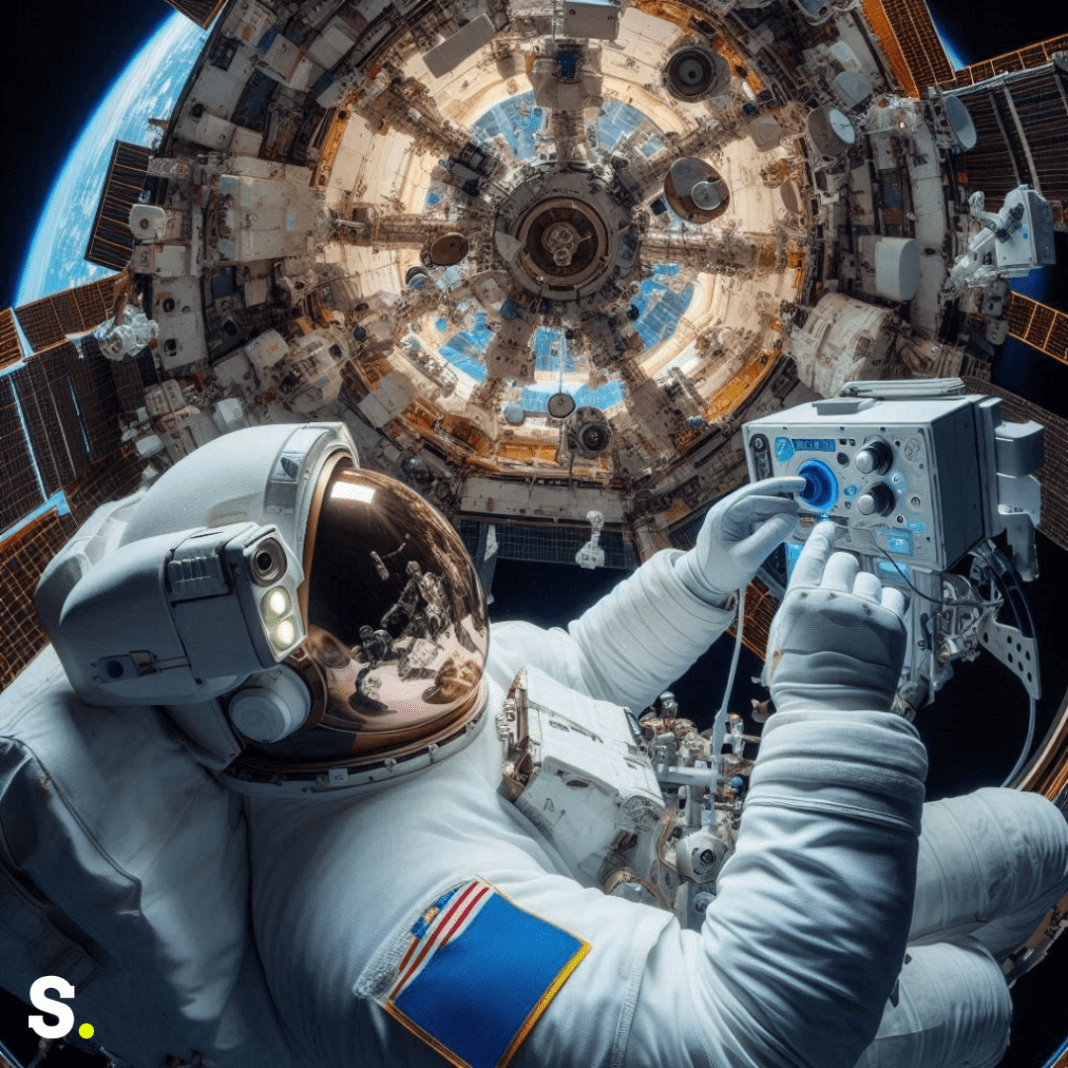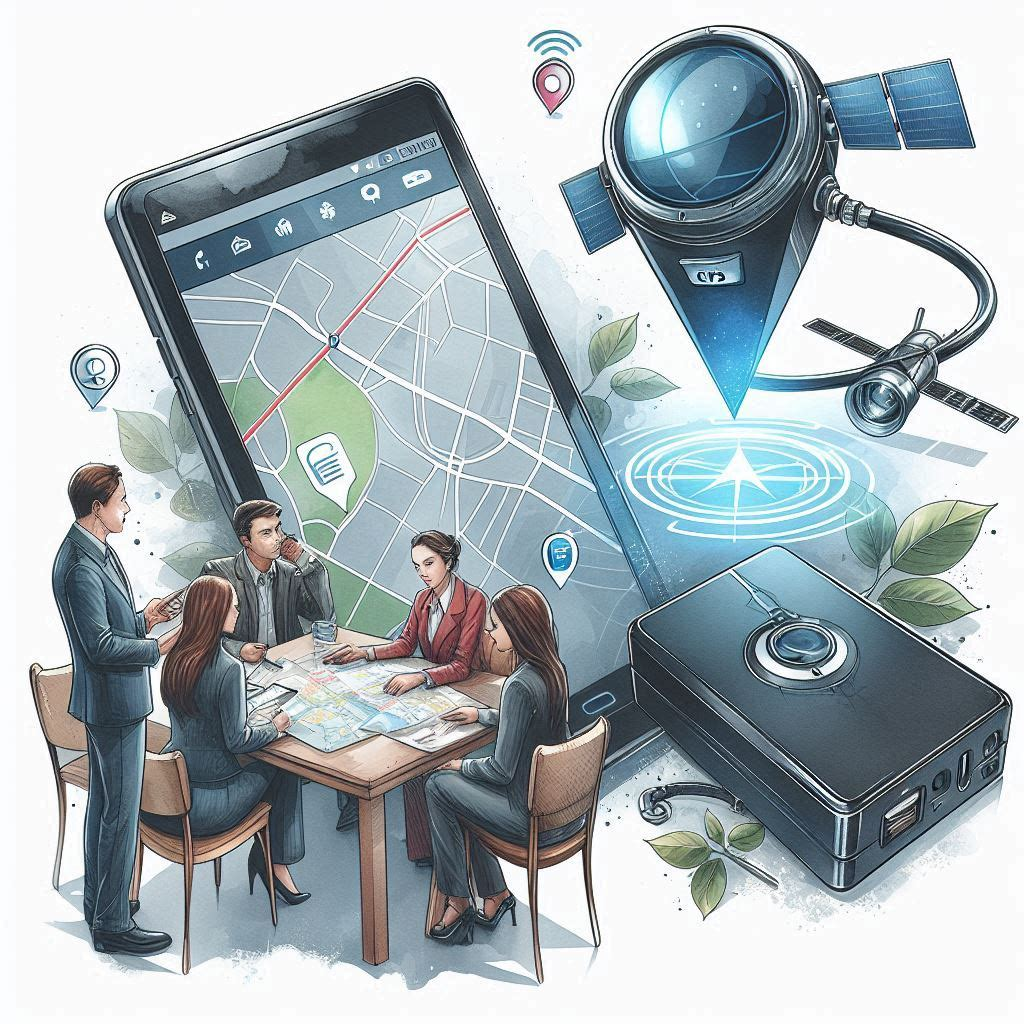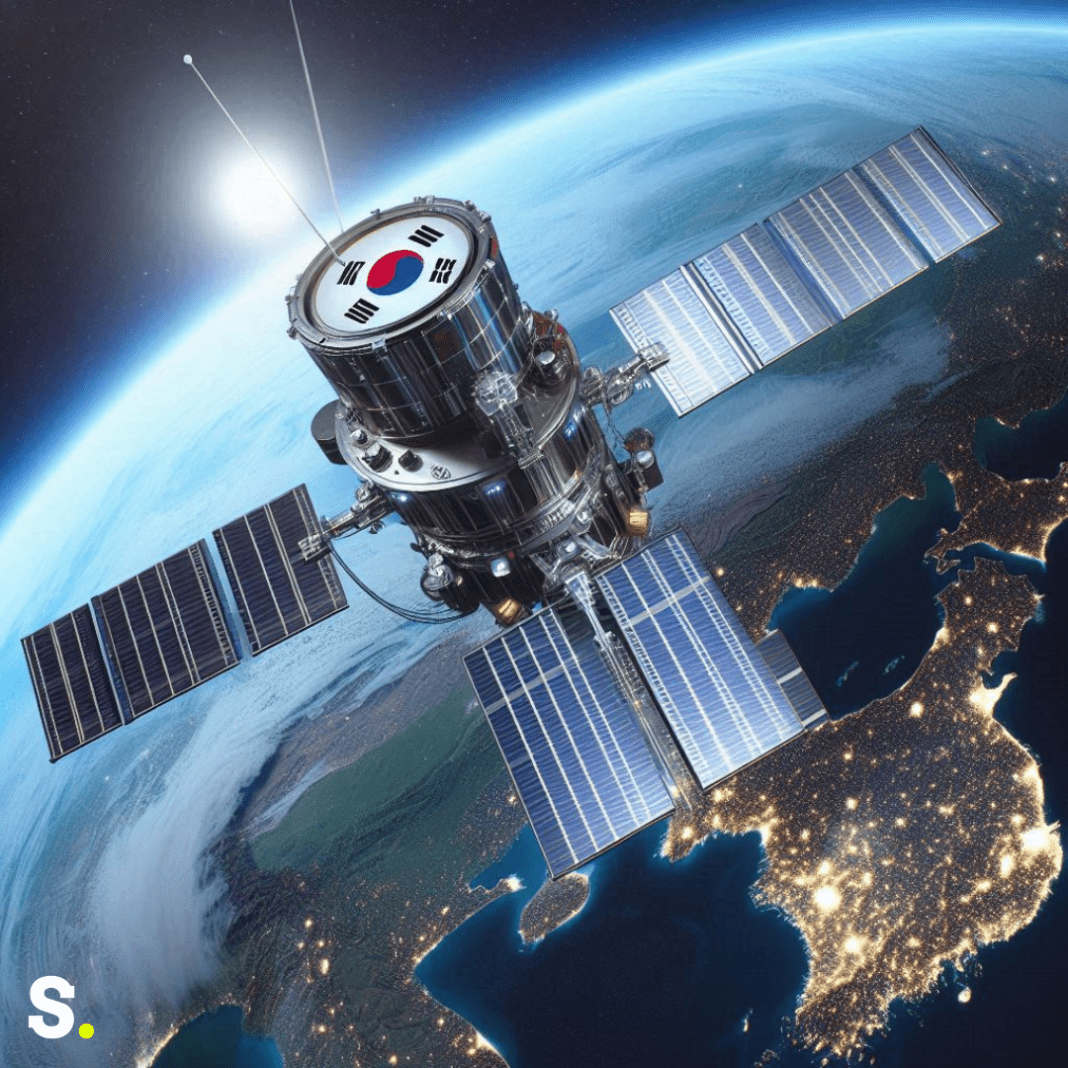Routine Health Checks in Space
NASA astronaut Sunita Williams underwent a standard hearing test while aboard the International Space Station (ISS) as part of her ongoing health monitoring during her mission. These tests are crucial for understanding how space affects the human body, especially when astronauts spend extended periods in microgravity. Along with Williams, her colleague also took part in the hearing test, which is one of many routine checkups designed to track their health status.
Living in space is vastly different from life on Earth. The absence of gravity can lead to various changes in the human body, affecting muscles, bones, and even sensory organs like the ears. To ensure that astronauts remain in good health, NASA conducts regular medical examinations, including hearing tests, vision checks, and other assessments. This allows scientists to study the effects of microgravity on the human body and ensure that the crew members are fit to continue their mission.
Earlier this month, Sunita Williams underwent scans of her cornea, retina, and lens using medical imaging tools. These scans are essential in detecting any changes in vision that may occur during spaceflight. Astronauts, especially those on long missions, are at risk of experiencing vision impairment or hearing loss. The tests help NASA keep track of any such changes and take necessary actions to protect the astronauts’ health.
The Challenges of Space Noise
The International Space Station, while a marvel of human engineering, is not always the most serene environment. According to the European Space Agency, the ISS can be quite noisy. The hum of machinery, ventilation systems, and other equipment creates a constant background noise that astronauts must adapt to. NASA has noted that this noise exposure during spaceflight can negatively impact hearing, making hearing tests even more critical for astronauts on long missions.
In previous studies, NASA found that astronauts who spent long durations aboard the space station often reported changes in their hearing or eyesight. The exact reasons for these changes are still being studied, but it is clear that the space environment can have profound effects on the human body. By conducting regular health checks, including hearing tests and other medical assessments, NASA aims to catch any issues early and provide the necessary care.
In addition to hearing tests, astronauts have also been involved in other health checks and medical assessments. For example, Sunita Williams and her colleague recently participated in vein scans using the Ultrasound 2 device. Doctors on Earth watched the procedure in real-time as they alternately imaged the veins in each other’s necks, shoulders, and legs. This type of remote medical examination is vital in space, where immediate access to medical facilities is not available.
The Starliner Mission and Its Challenges
Sunita Williams and her colleague have been aboard the ISS since June 5, after launching on Boeing’s Starliner spacecraft. This mission, part of NASA’s Boeing Crew Flight Test (CFT), marked a significant milestone as they became the first astronauts to fly on the Starliner. The mission was designed to test the spacecraft’s systems and capabilities as part of NASA’s efforts to develop commercial spaceflight options.
However, the mission has faced challenges, leading to delays in the astronauts’ return to Earth. Initially, they were supposed to return by mid-June, but issues with the Starliner spacecraft have caused multiple delays. Problems such as software bugs, thruster abnormalities, and helium leaks have raised concerns about the spacecraft’s ability to safely return the astronauts to Earth. To address these issues, NASA and Boeing are carefully weighing their options and conducting additional health checks to ensure the astronauts remain in good condition while their return is delayed.
One of the possibilities being considered is to bring the astronauts back on a SpaceX Dragon spacecraft instead of the Starliner. This option is being explored as a contingency in case the Starliner is not deemed fit for the return mission. NASA and Boeing teams are currently analyzing data from recent tests to determine the root cause of the Starliner’s issues. They haven’t, however, officially announced the astronauts’ return date.
Meanwhile, the astronauts continue their work on the ISS, collaborating with the Expedition 71 crew on various studies and research projects. Despite the challenges with their spacecraft, they remain focused on their mission, contributing to valuable scientific research that benefits humanity.
The Starliner mission’s challenges highlight the complexities of space exploration. There are hazards associated with every mission, and NASA is dedicated to keeping its astronauts safe. The ongoing efforts to resolve the issues with the Starliner spacecraft demonstrate the importance of thorough testing and analysis in space missions.




